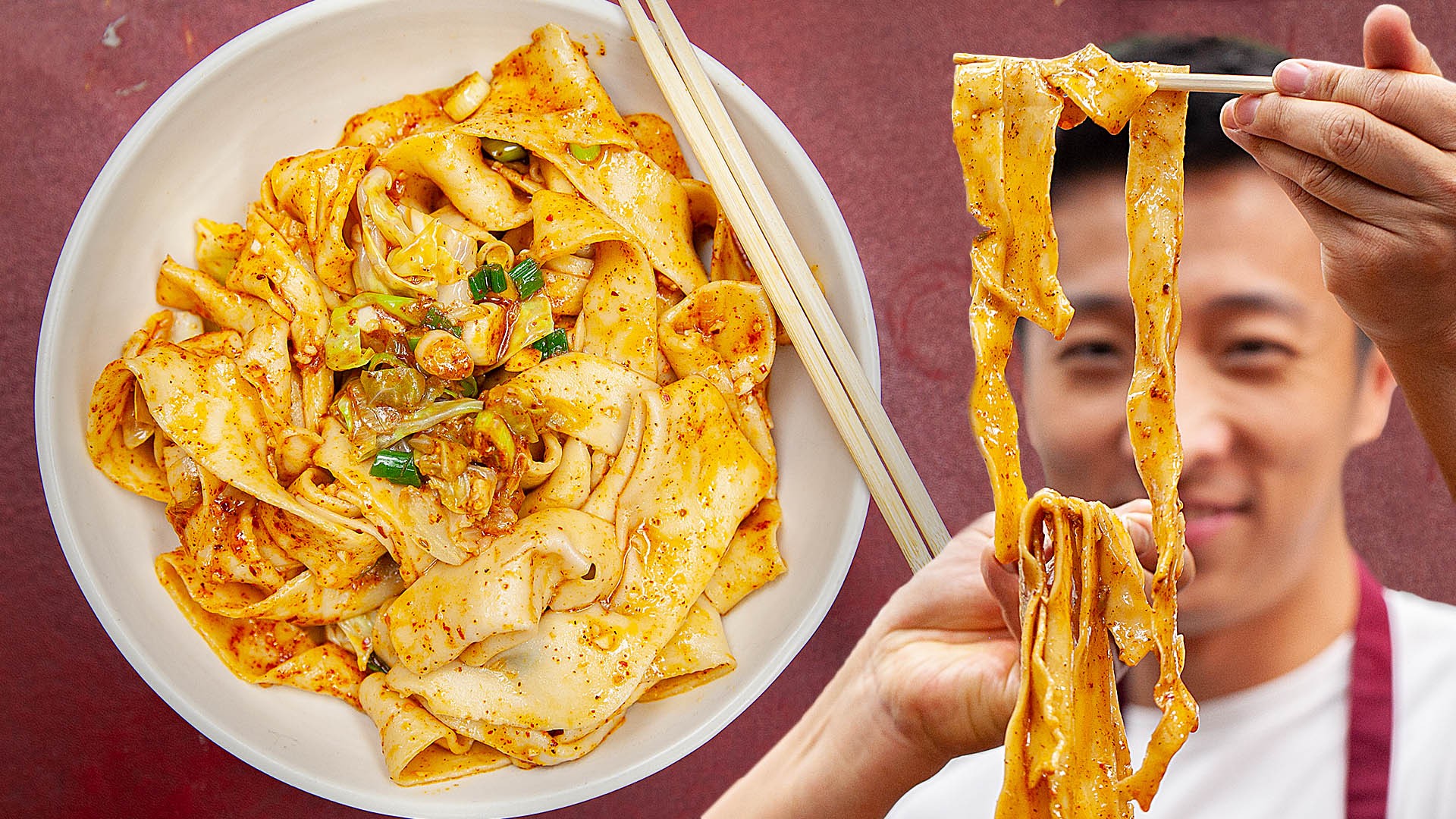Photo: Getty Images
Scientists who study this kind of thing have estimated that century eggs, the pungent-but-savory Chinese delicacy, originated more than 500 years ago during the Ming Dynasty. But those five centuries of culinary history don’t mean shit to Italy’s Ministry of Health, which recently confiscated more than 800 of the eggs and described them as “unfit for human consumption.”According to the South China Morning Post, the owners of two Chinese restaurants in Misterbianco, a township in Sicily, were both detained by officials from the health ministry, and their inventories of century eggs and salted duck eggs were all seized. The Ministry said that, in addition to not being considered human food (we’re paraphrasing) by their standards, the eggs also violated the European Union’s import laws.Century eggs, which are also known as pidan, hundred-year eggs, thousand-year eggs, or millennium eggs, actually only take a few months to produce. In a piece published in 1916 (!!!) Katharine Blunt and Chi Che Wang described the recipe, which hasn’t changed significantly since then. (Or since the Ming dynasty, for that matter.) “To an infusion of 1 pounds of strong black tea are stirred in successively 9 pounds of lime, 43 pounds of common salt, and about 1 bushel of freshly burned [wood] ashes,” they wrote. “This pasty mixture is put away to cool overnight. Next day 1,000 ducks’ eggs of the best quality are cleaned and one by one carefully and evenly covered with the mixture, and stored away for 5 months. Then they are covered further with rice hulls, and so with a coating fully 1/4 inch thick are ready for the market.”Century eggs aren’t limited to duck eggs; chicken or quail eggs are also commonly used. The end result is similar, regardless of which kind of egg is used. After several months of preservation, the orange yolks sometimes turn a deep greenish-black, and the whites can range in color from “dark brown to swampy green,” as the BBC put it. But—their unfamiliar or surprising appearance aside—they remain popular for breakfast, dinner, and snacks in-between, and their flavor is something like a particularly aromatic hard-boiled egg combined with a semi-stinky soft-rind cheese.
“To an infusion of 1 pounds of strong black tea are stirred in successively 9 pounds of lime, 43 pounds of common salt, and about 1 bushel of freshly burned [wood] ashes,” they wrote. “This pasty mixture is put away to cool overnight. Next day 1,000 ducks’ eggs of the best quality are cleaned and one by one carefully and evenly covered with the mixture, and stored away for 5 months. Then they are covered further with rice hulls, and so with a coating fully 1/4 inch thick are ready for the market.”Century eggs aren’t limited to duck eggs; chicken or quail eggs are also commonly used. The end result is similar, regardless of which kind of egg is used. After several months of preservation, the orange yolks sometimes turn a deep greenish-black, and the whites can range in color from “dark brown to swampy green,” as the BBC put it. But—their unfamiliar or surprising appearance aside—they remain popular for breakfast, dinner, and snacks in-between, and their flavor is something like a particularly aromatic hard-boiled egg combined with a semi-stinky soft-rind cheese.
Advertisement

Advertisement
Social media users in China weren’t delighted with the Italian authorities after those “not fit for consumption” comments. “Foreigners are clueless when it comes to food,” one person wrote on Weibo. “But Italians eat Casu Marzu where maggots are alive and crawling inside the cheese,” another commented on the Post’s site. (They do, but that cheese is actually no longer allowed to be commercially produced or sold because of food safety concerns and, yeah, because of the maggots.)This isn’t the first time that century eggs have been slandered: When the Disgusting Food Museum opened in Malmö, Sweden, they were one of the 80 foods that were displayed, along with spicy rabbit heads, fruit bat soup, and roasted guinea pigs.“The word 'disgusting' in the name highlights the arbitrary and culturally defined nature of what is considered disgusting,” museum curator Dr. Samuel West told MUNCHIES last December. “All three of the greatest food nations are well-represented, China, Peru, and France. These countries, like other rich and diverse food cultures, include delicacies some consider disgusting. One culture’s 'disgusting' is another culture’s delicacy, and the subtle similarities and stark contrasts are fascinating.”Maybe Dr. West can have a chat with Italy’s health minister.